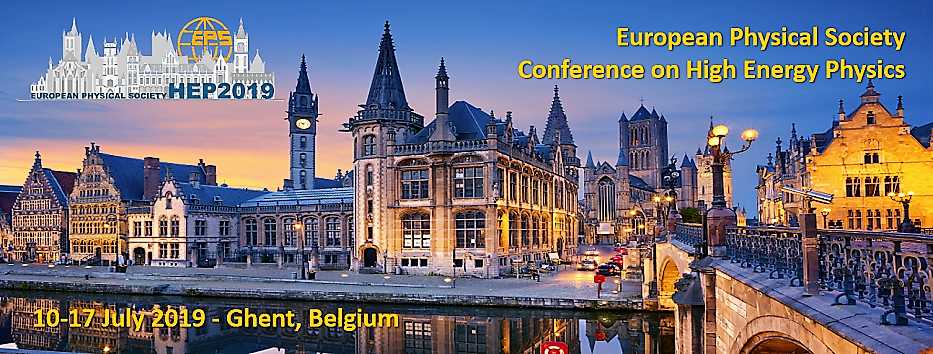Speakers
Description
The Muon Collider is a possible option for the next generation of high energy collider machines. It would permit to achieve the energy frontier in leptons collisions, without occurring in significative synchrotron radiation losses as in electrons rings.
Among the technological challenges in the realization of such machine, the treatment of the beam-induced background is one of the most critical issues for the detectors.
Beams with intensity spanning from 10^9 up to 10^11 muons per bunch are necessary to obtain the desired luminosity, therefore the muons decay rate is very high. Beam decay products and subsequent particles from secondary interactions with the machine elements can reach the interaction point, limiting the physical performances of the detector. This talk presents a study of the beam induced background for two beam energies and discuss possible strategies for its reduction in the light of new detectors technologies. A reconstruction strategy for a benchmark process, H->bb-bar, including the beam-induced background will be also illustrated as demonstration of the facility feasibility.
